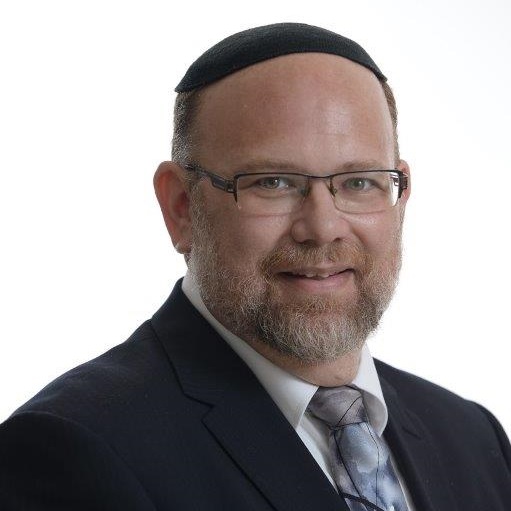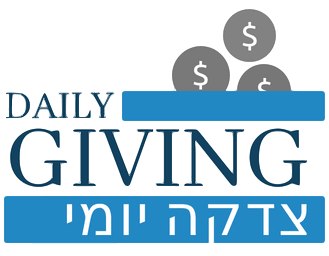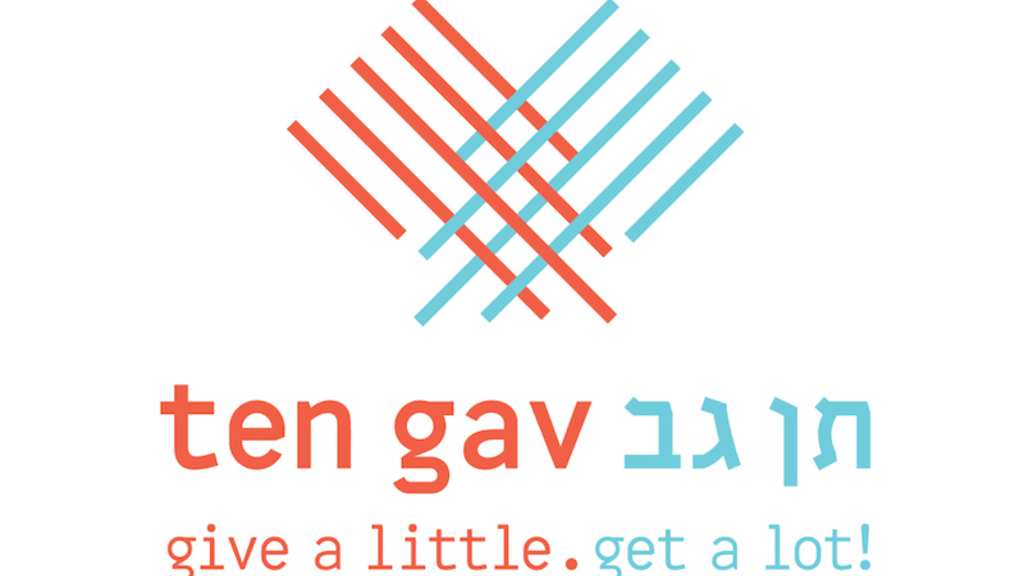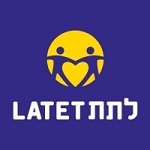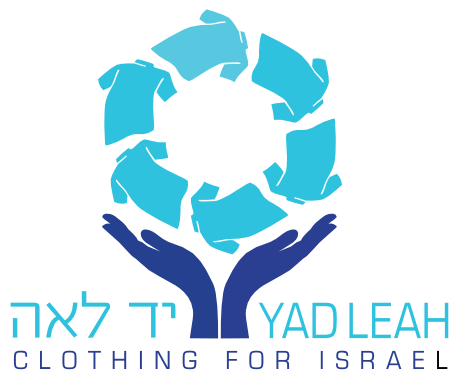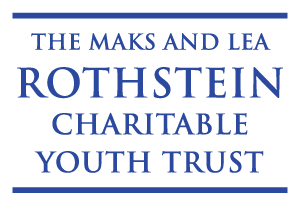Divrei Torah: All the Colors in the Rainbow
When we come to appreciate the qualities of others and cherish how those differences are unique and beneficial, we will achieve true unity.
Kindness By Design – Parshat Tetzaveh
The famous singer Harry Chapin wrote and performed many songs about life, relationships and the world around us. Among his more well-known songs is one titled “Flowers are Red”.
In short it tells of a little boy who is coloring flowers in kindergarten.His teacher disapproves of use of the “64” colors. With a droll, monotone scolding, she insists that all flowers are red, and all leaves are green.
He counters that:
“There are so many colors in the rainbow
So many colors in the morning sun
So many colors in the flower and I see every one”
The lesson is simple, yet deep. While the teacher demands uniformity and believes that there is no room for difference, this child sees the individuality of colors, flowers and by deduction, people.
While I am certain (well almost certain) that Harry Chapin did not learn our parsha, he does convey a message that comes from the clothing of the Kohen Gadol and is essential to true unity.
The breastplate of the Kohen Gadol, known as the Choshen Mishpat, was a unique adornment. There were 12 different stones, each bearing the name of one the shevatim (Tribes).
While there are differing opinions as to the order of the names/stones, one thing is clear. Each stone was of a varying type and connected to a specific tribe.
No 2 tribes shared a similar stone.
Many commentators explain the significance of the stone, its color and relation to the tribe. In some cases, the character of the stone reflects the essence of the tribe. For others, it is the color that connects the gem to the tribe.
No matter how described, the point is the same.
Just as each precious gem is unique, so too, each of the tribes has its qualities and strengths that collectively make up the Jewish people.
The Torah describes the wearing of the Choshen Mishpat:
וְנָשָׂא אַהֲרֹן אֶת-שְׁמוֹת בְּנֵי-יִשְׂרָאֵל בְּחֹשֶׁן הַמִּשְׁפָּט, עַל-לִבּוֹ–בְּבֹאוֹ אֶל-הַקֹּדֶשׁ: לְזִכָּרֹן לִפְנֵי-ה׳, תָּמִיד.
And Aharon carried the names of the Bnei Yisrael on the Choshen Mishpat on his heart when he came into the Holy as a remembrance before Hashem, always.
The uniqueness of each member of the Jewish people is so dear to G-d that He required the Kohen Gadol to display this when coming “before Him”. I believe, however, that the last 4 words reach far beyond the clothing of the Kohen Gadol and the Beit HaMikdash.
ְלְזִכָּרֹן לִפְנֵי-ה׳, תָּמִיד – As a remembrance before Hashem, always.
G-d recognizes the individuality of every person, including their strengths and weaknesses. He created each person with unique characteristics and abilities. He wanted to constantly emphasize that diversity is good and even Holy. This it was the Kohen Gadol, in the Beit HaMikdash that displayed those differences, “front and center”.
It is not just for the Kohen Gadol or the Beit HaMikdash, however. The commandment is “as a remembrance Before Hashem, ALWAYS. Even without the Beit HaMikdash or the Kohen Gadol.
Just as He always accentuates the positive in diversity, we too should find the good in others. He created a world of different strokes for different folks. Rather than eschew those who are not like us, we must recognize that they too were created in the “image of G-d” and are a world unto themselves.
Think of an orchestra. Many of the instruments may not make music that is to our liking. We might prefer this sound over that. Those instruments, when in concert, complement each other and create a symphony.
The same applies to people.
When we come to appreciate the qualities of others and cherish how those differences are unique and beneficial, we will achieve true unity thus resulting in the opus of the final redemption and a return to the Kohen Gadol in the Beit Hamikdash.
Shabbat Shalom
View article in original publication

